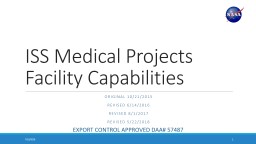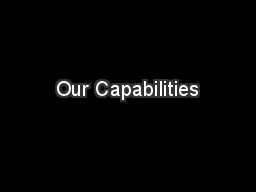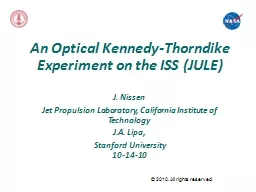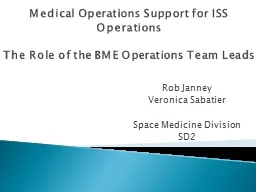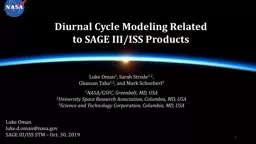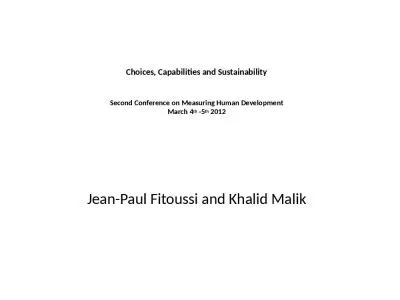PPT-ISS Medical Projects Facility Capabilities
Author : jalin | Published Date : 2023-07-23
Original 10212015 Revised 6142016 Revised 812017 Revised 5222018 7182018 1 EXPORT CONTROL APPROVED DAA 57487 Current Hardware Available for Flight Actiwatch Plus
Presentation Embed Code
Download Presentation
Download Presentation The PPT/PDF document "ISS Medical Projects Facility Capabilit..." is the property of its rightful owner. Permission is granted to download and print the materials on this website for personal, non-commercial use only, and to display it on your personal computer provided you do not modify the materials and that you retain all copyright notices contained in the materials. By downloading content from our website, you accept the terms of this agreement.
ISS Medical Projects Facility Capabilities: Transcript
Download Rules Of Document
"ISS Medical Projects Facility Capabilities"The content belongs to its owner. You may download and print it for personal use, without modification, and keep all copyright notices. By downloading, you agree to these terms.
Related Documents

